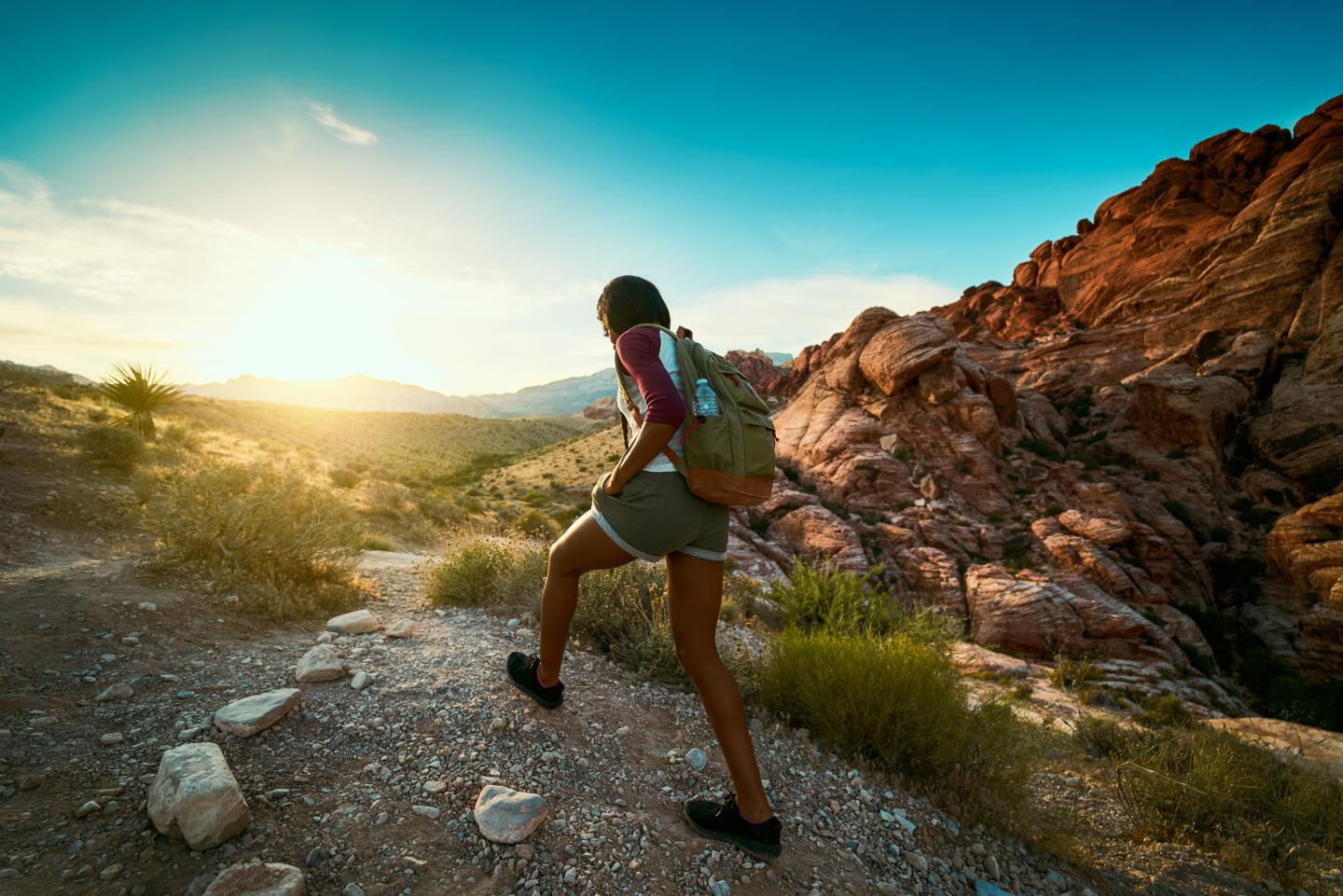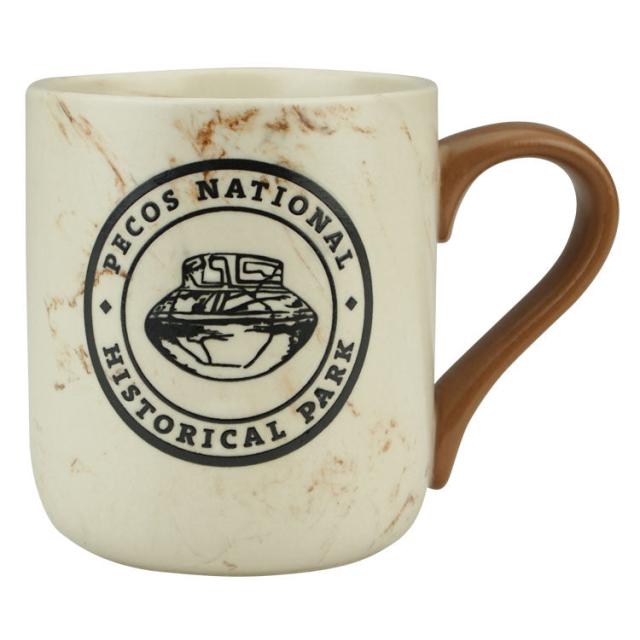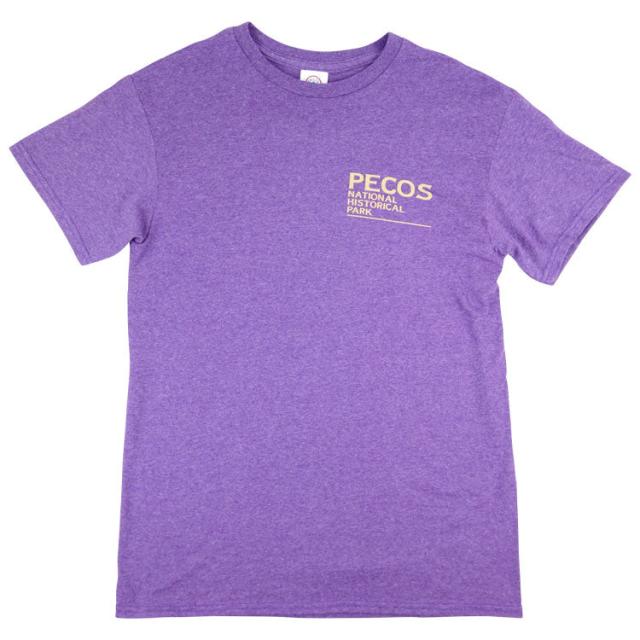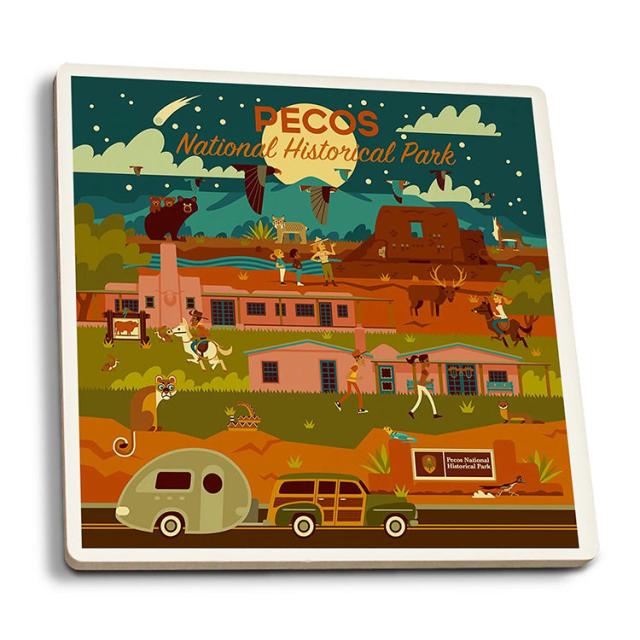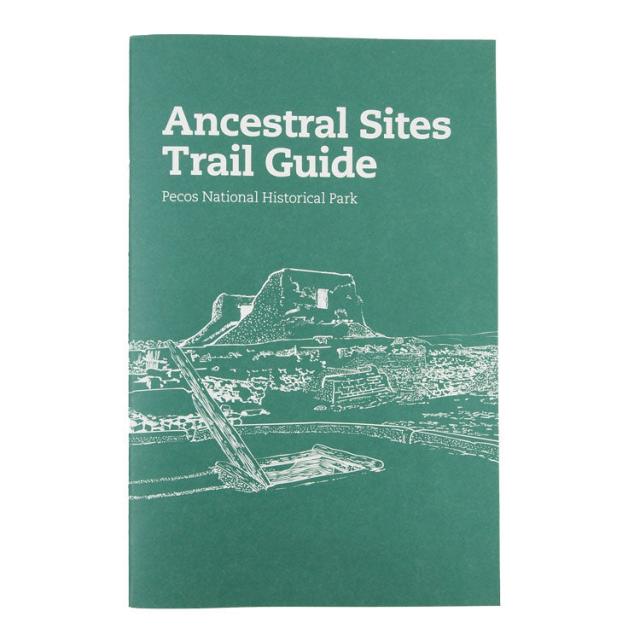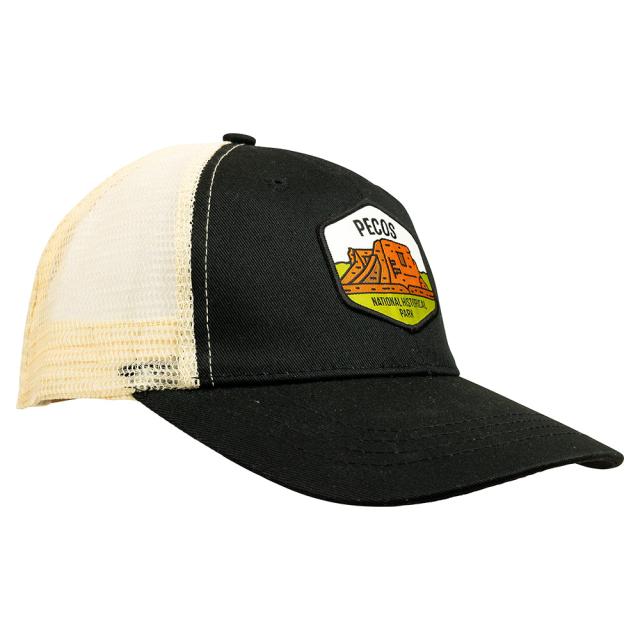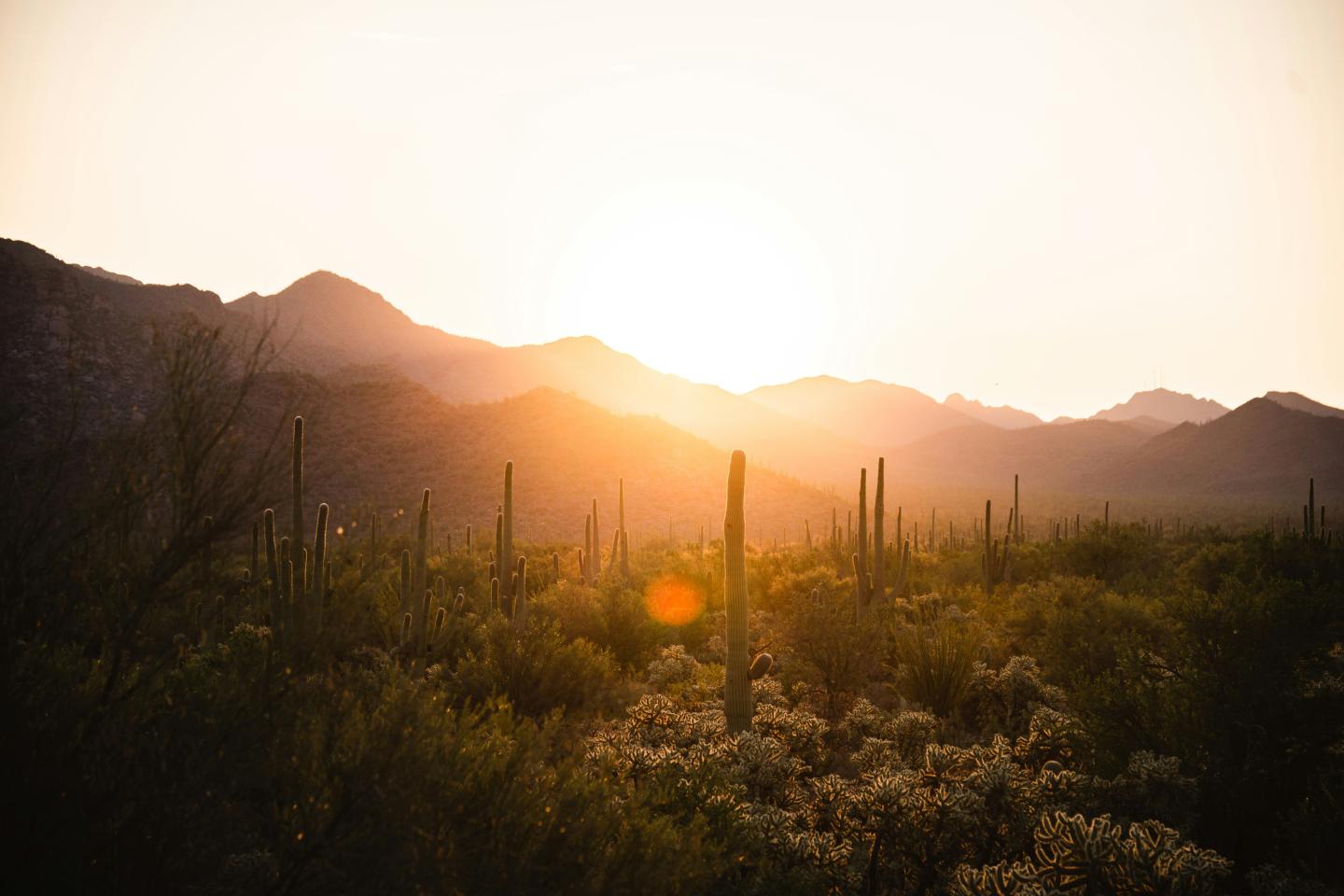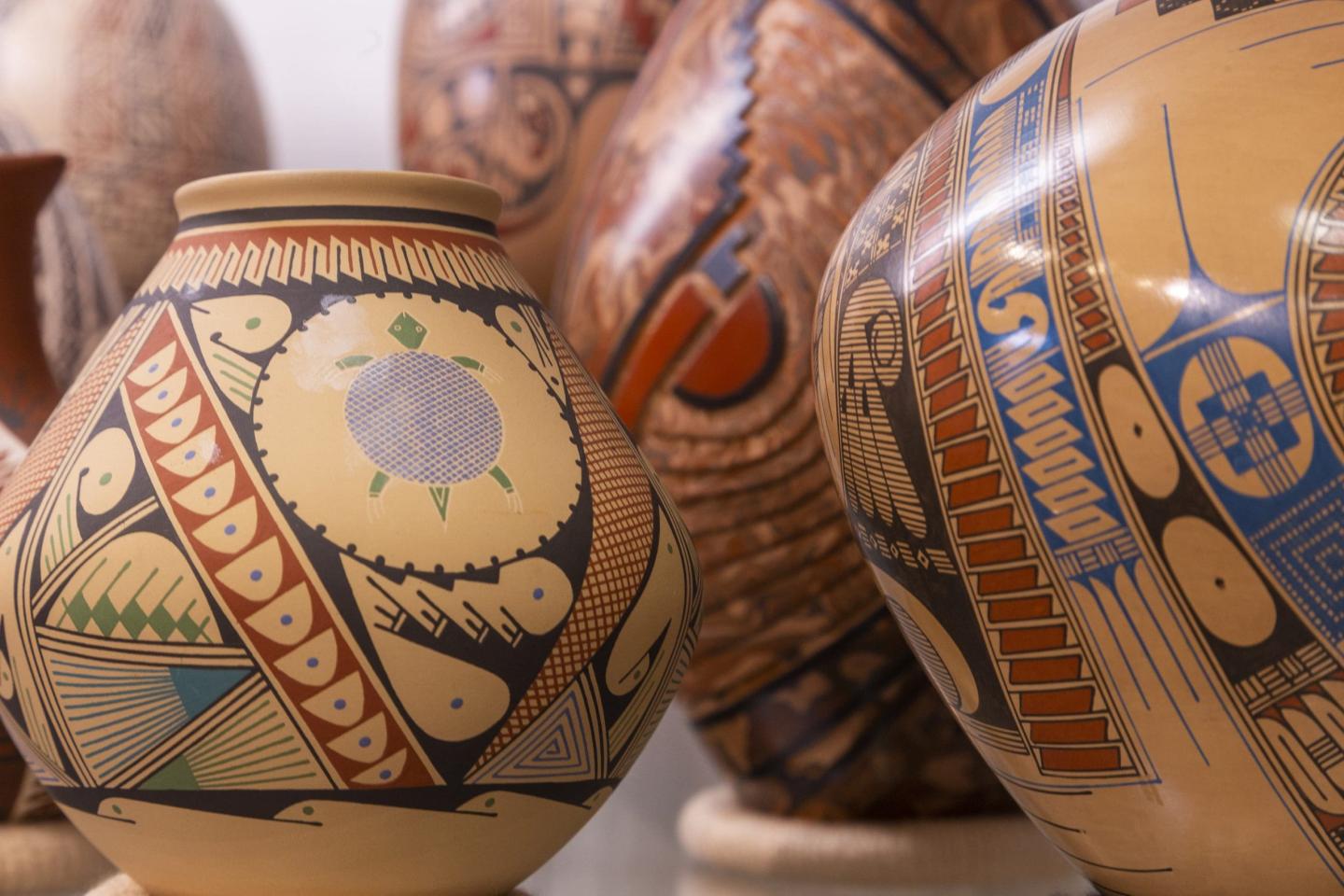
Plan your trip to Pecos National Historical Park
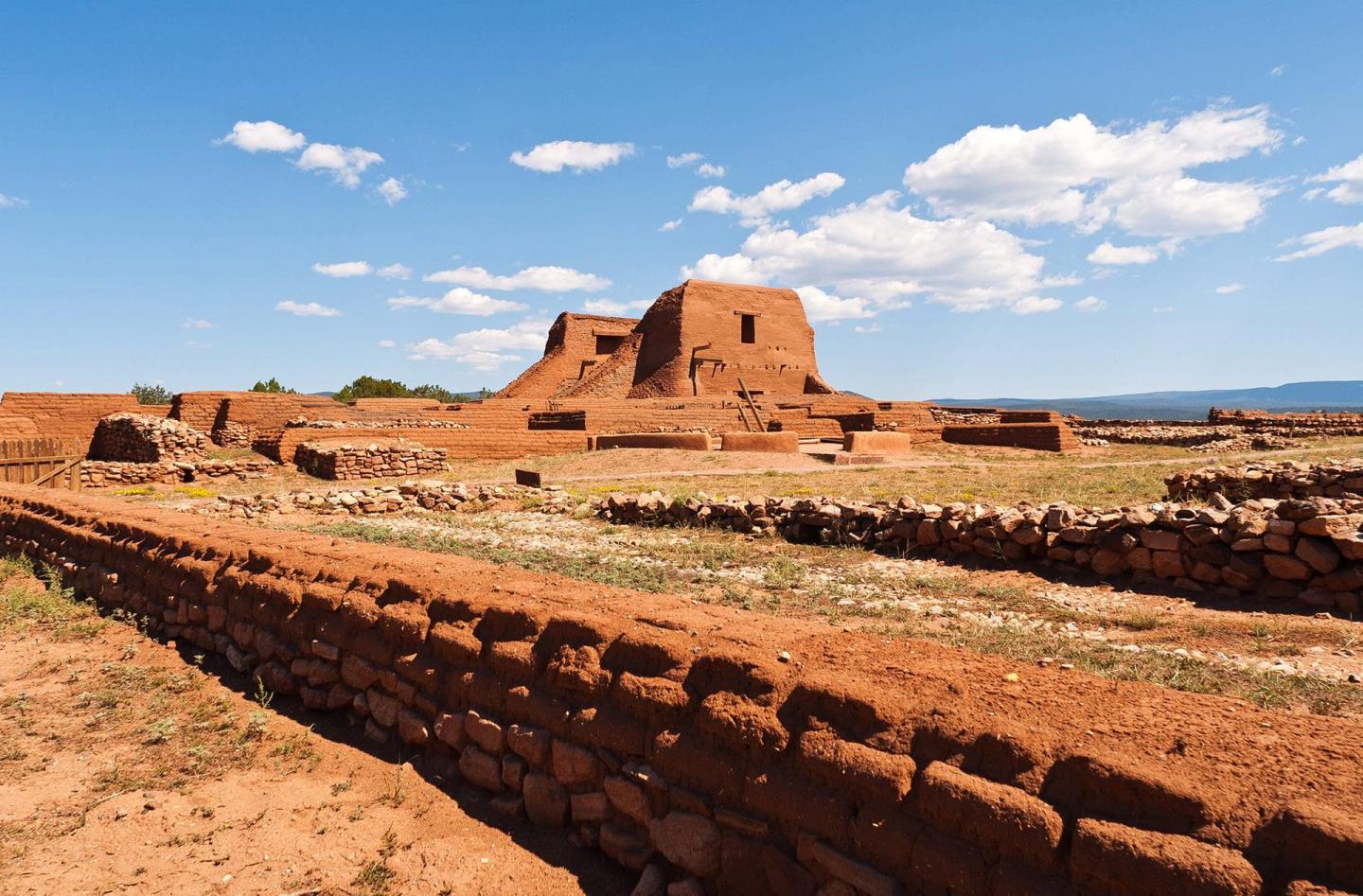
Pecos National Historical Park preserves a storied cultural crossroads. Indigenous peoples, Spanish missionaries, immigrants, soldiers, travelers, and ranchers have all left their legacies on this place.
The landscapes and structures protected here are on the homelands of, and are important to, many Indigenous peoples. Over 30 tribes maintain active cultural ties to the park, including the Apache, Comanche, Hopi, Navajo (Diné), Pawnee, and Zuni, among others. It is also a significant Latine heritage site.
Today, visitors can connect with and explore centuries of history at this park, which is just a short drive away from Santa Fe. Read on to learn more about why Pecos National Historical Park is a must-visit, and get tips for planning your journey.
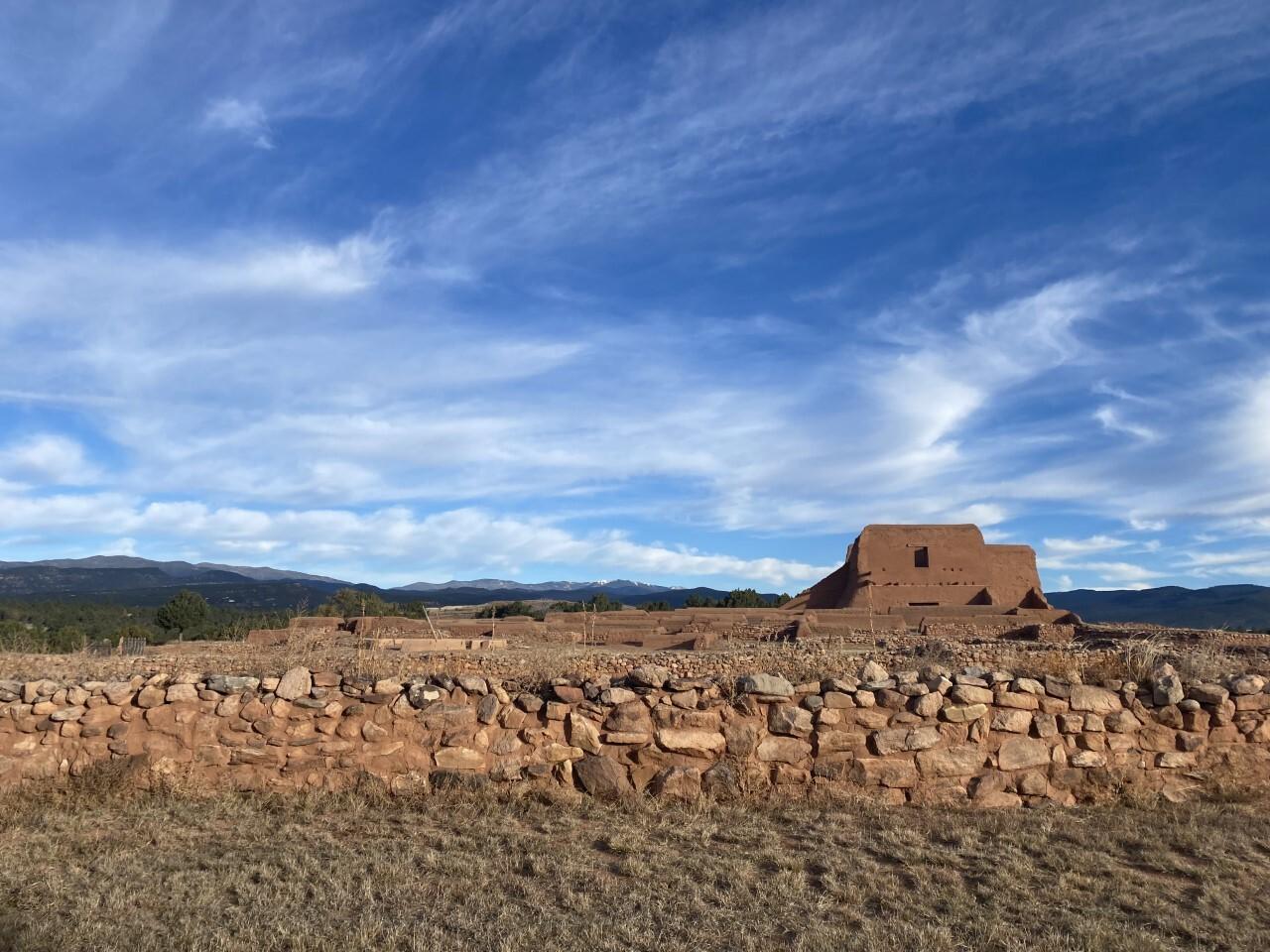
When to visit Pecos National Historical Park
Located at nearly 7,000 feet, Pecos experiences varied weather, and often bluebird skies.
Autumn, a popular time to visit, brings daytime highs around 70°F and the chance to see fall foliage. Summertime has temperatures ranging from 80°F to 100°F, and occasional thunderstorms. Winter offers a more secluded park experience with daytime highs near freezing. Springtime weather varies, with the potential for snowstorms or warm days.
The park is generally open from 8 AM to 4:30 PM, but certain areas may have differing or seasonal hours. Contact the park for more details.
What to do at Pecos National Historical Park
There are many ways to take in the history and landscapes of Pecos.
-
Get oriented at the visitor center: Learn about the park and available tours, get your passport stamp, shop at the Western National Parks store, and experience the museum and exhibits at the E.E. Fogelson Visitor Center.
-
Hike the Ancestral Sites trail: This 1.25 mile-loop takes you to the pueblo, Spanish mission church, and two restored kivas.
-
Visit a Civil War battlefield: Hike the 2.25 mile-loop Glorieta Battlefield Trail, located where the westernmost operation of the Civil War occurred. Park rangers also offer guided tours of the area.
- Tour Forked Lightning Ranch: Ask at the visitor center about how you can join a tour of this storied place, which was once an upscale dude ranch and later a private residence and popular retreat for Hollywood stars.
-
Experience The Trading Post: Originally constructed as a stage stop along the Santa Fe Trail, today this historic building houses exhibits about ranching in New Mexico, the Civil War, and Westward Expansion.
-
Earn a badge: The park offers a Junior Ranger program, so be sure to pick up a booklet at the visitor center.
-
Experience the night sky: While the park closes in the early evening most days, park staff host special night time park events. Contact the park to learn about how you can experience some of the region's darkest night skies.
- Enjoy the outdoors: Birding and fishing (the latter requires a permit) are popular activities at this park. Leashed pets are allowed on all trails except the South Pasture Loop Trail. Be sure to be a good steward and follow all guidelines.
Photos from the parks
Tag @WesternNationalParks to have your trip featured
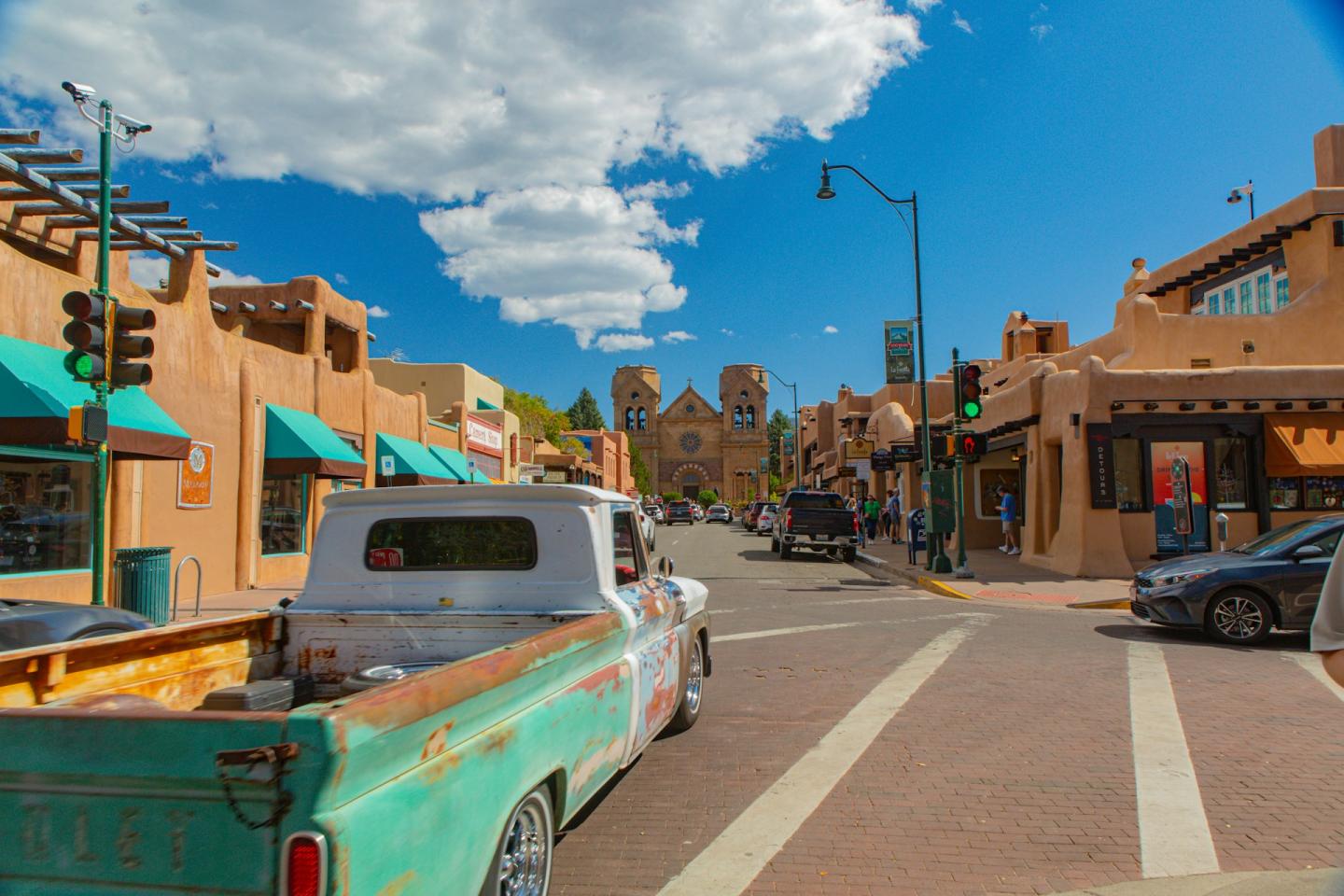
Experience New Mexico's high country
Visiting Pecos can be just the beginning of your trip to the Land of Enchantment. The park is only 25 miles east of Santa Fe, one of the Southwest’s cultural hubs. “The City Different” offers over 250 art galleries, 20 museums—including the famous Georgia O'Keeffe Museum—and a vibrant historic district.
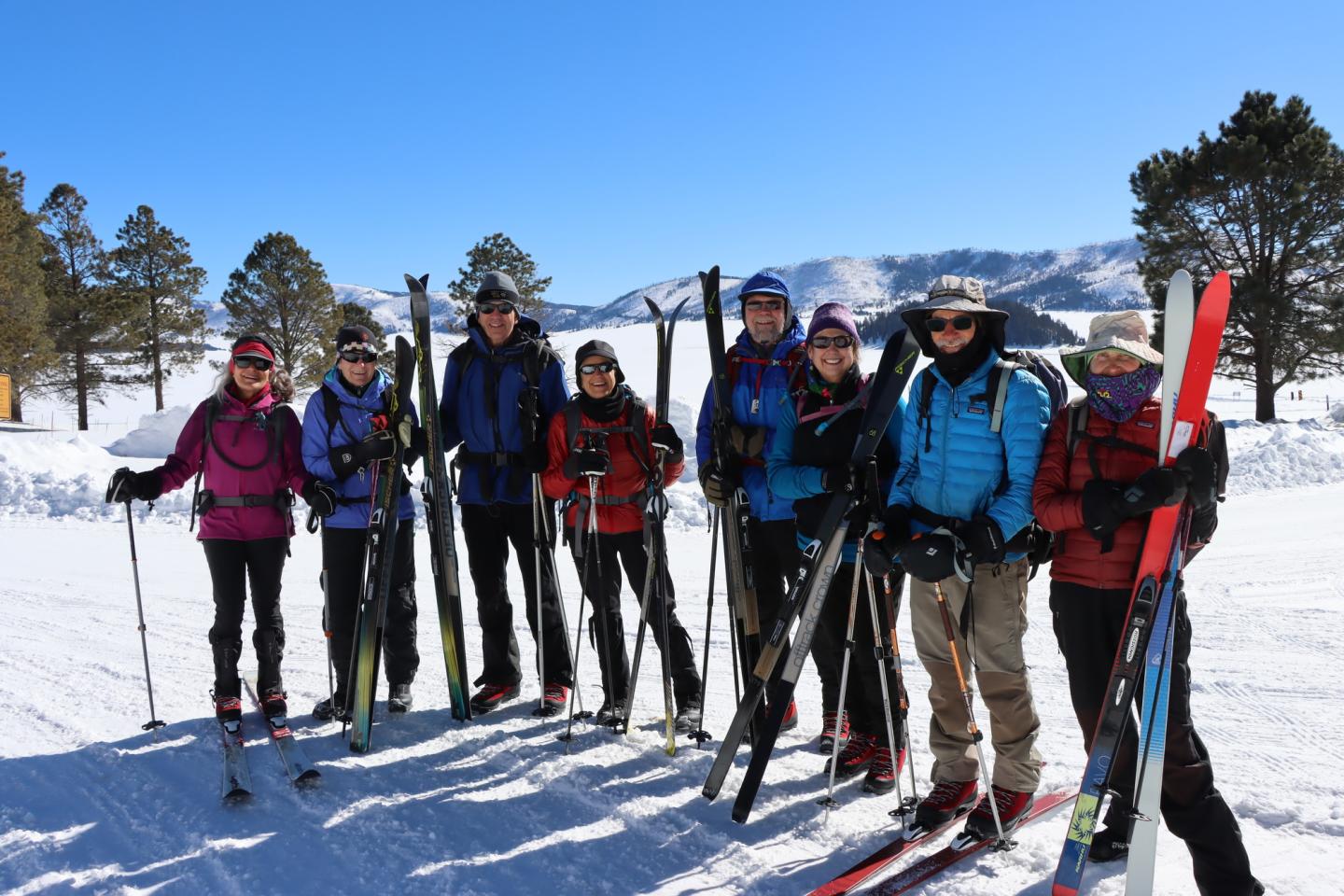
The southern Rocky Mountains surrounding Pecos and Santa Fe offer nearly unlimited opportunities for outdoor adventure, including incredible mountain biking. There’s miles of hiking trails in nearby Valles Caldera National Preserve, Santa Fe National Forest, and Carson National Forest, including the state's tallest mountain. You can also raft the Rio Grande and Rio Chama in the summers, or hit the slopes in the winter and enjoy one (or many!) of the region’s ski areas.
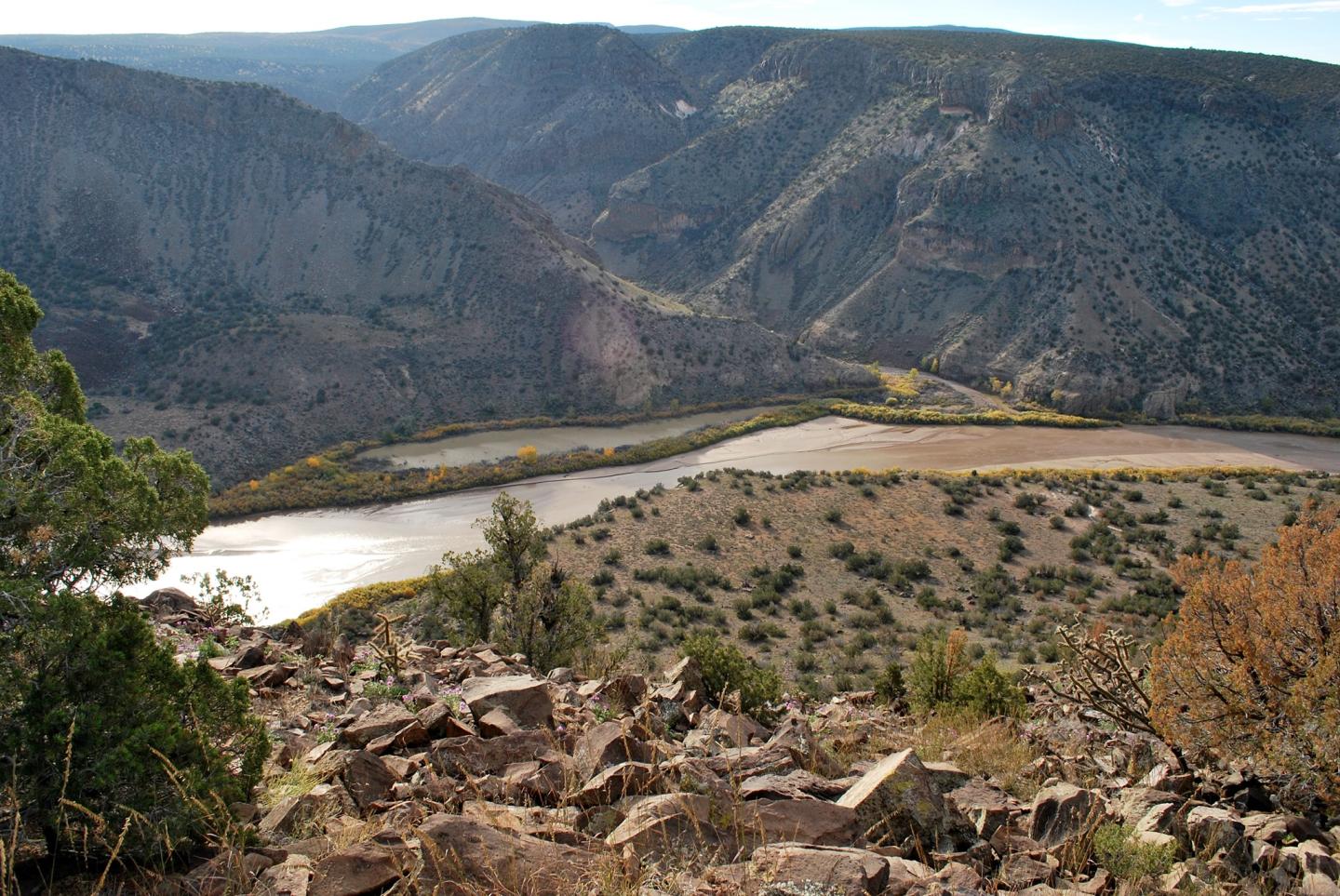
Explore more
But the adventures don’t have to stop there. Pecos is also within driving distance of several other national park sites, including Bandelier National Monument, Petroglyph National Monument, and Capulin Volcano National Monument. It’s also one of the most westward locations on the Santa Fe National Historic Trail, a route that stretches over 1,200 miles from Missouri to New Mexico’s capital. Retrace this trade route or make Pecos a stop on your next epic road trip across the Southwest as you experience the region’s storied history.
A brief history of the upper Pecos River Valley
The upper Pecos River Valley has been inhabited by humans for at least 13,000 years. Today, many tribal nations that trace their ancestry back to these first peoples retain active cultural ties to the heritage sites preserved in the park.
The ancestral Puebloans built Cicuye Pueblo, also known as Pecos Pueblo, around 1100, and it became a major urban center and trading post by the mid-1400s.
The abundance of natural resources and the strategic location of Cicuye made it attractive to Spanish explorers and missionaries. Francisco Vasquez de Coronado first made contact with the Indigenous peoples in 1540, and missionaries established churches in the area beginning in 1617. Due to the Spanish’s harsh treatment of their people, the Pueblos banded together in Pueblo Revolt of 1680, and successfully expelled the Spanish from the region for many years. By the end of the 1600s, however, the Spanish returned and established missions throughout the Southwest, including one that still stands in the park today.
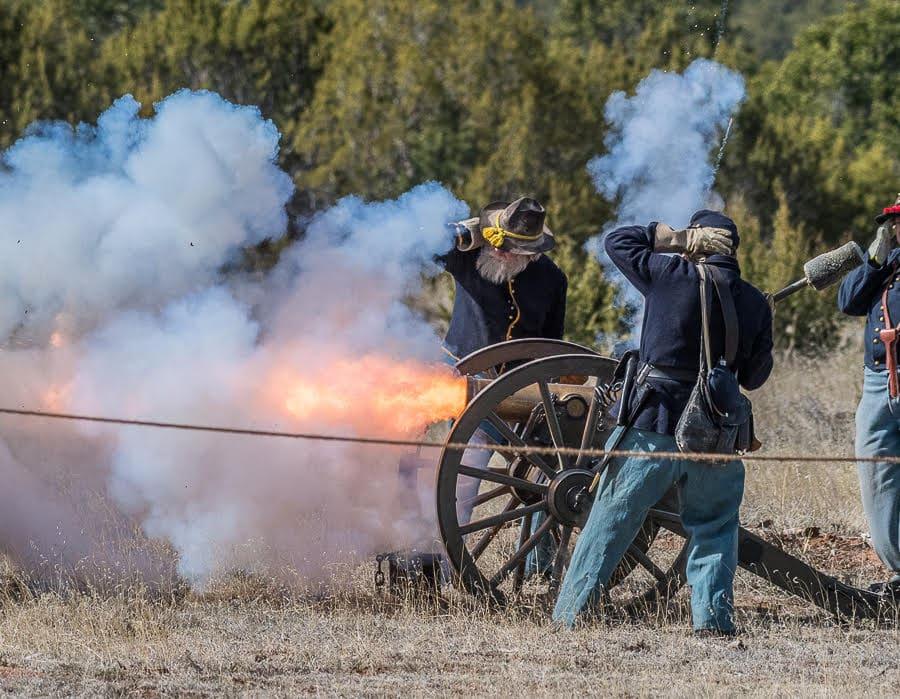
The Battle of Glorieta Pass
The area remained important for centuries, even after the United States was established. The Santa Fe Trail brought an influx of trade to the region beginning in the 1820s. A trading post was established near the Pueblo in the 1850s. The Battle of Glorieta Pass, often called “the Gettysburg of the West” due to its significance, took place in the valley in March of 1862. Finally, the arrival of the railroad in the late 1800s brought lasting change by transforming trade and tourism in northern New Mexico.
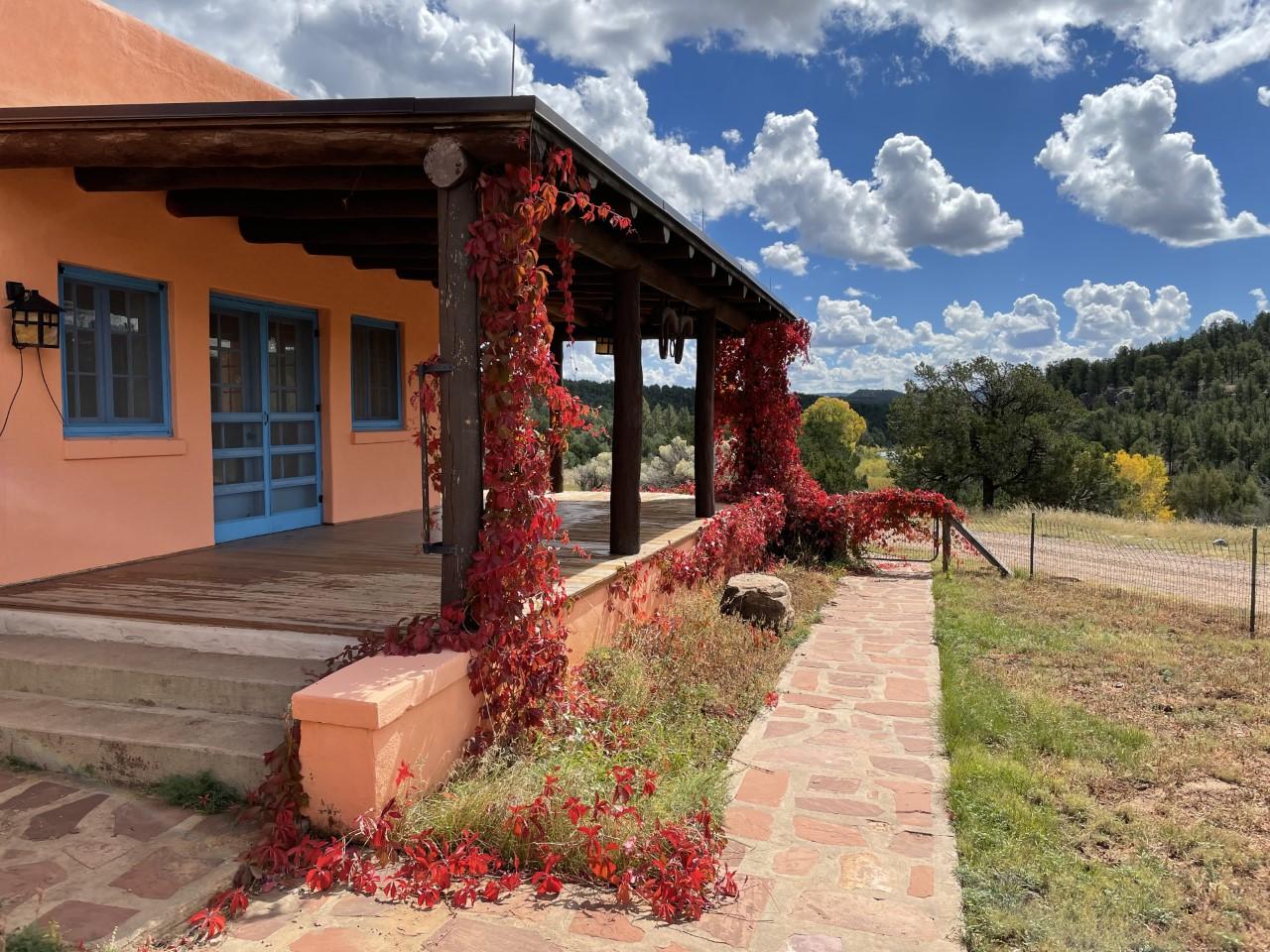
Forked Lightning Ranch
In response to this influx, Tex Austin created Forked Lightning Ranch and opened it for business in 1925; later it was purchased by E.E. Fogelson and used as a private residence. When Fogelson married award-winning actress Greer Garson, the ranch became a popular retreat for elite guests, including many Hollywood stars. You can tour both the trading post and Forked Lightning Ranch when you visit.
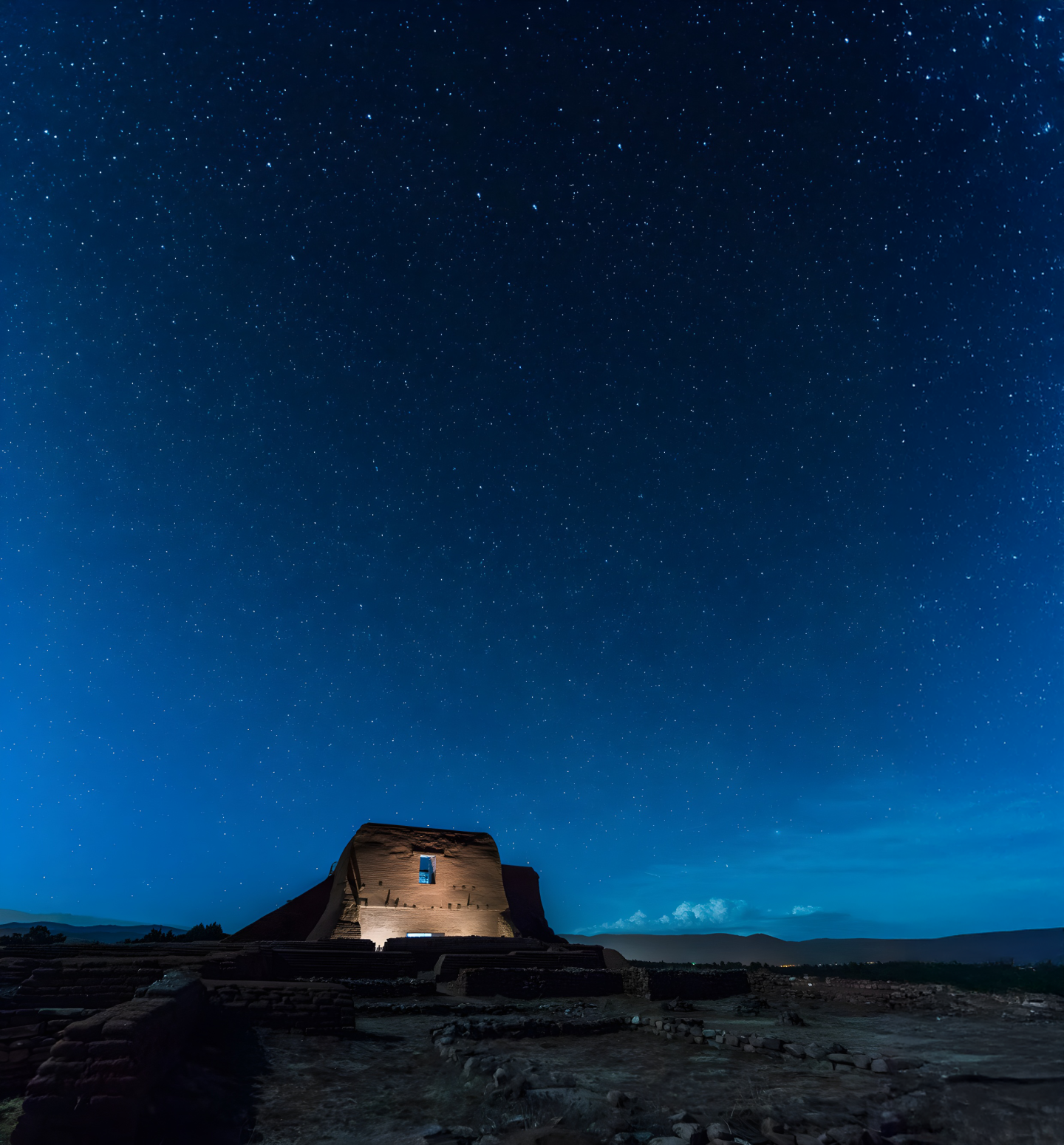
Dark skies
Pecos' dark skies are part of the park's distinct cultural heritage. The ancestral Puebloans studied the movements of the stars, oriented their kivas to align with the sun and moon's rising, and built Cicuye Pueblo so the structure would have expansive views of the sky. They timed calendars, ceremonies, and seasonal activities to astronomical phenomena. Many stories and traditions had connections to the constellations. Their descendants continue to keep many of these traditions today.
Dark skies are also an important natural resource. Many species rely on day and night cycles for hunting, migration, communication, and other survival strategies. With so much history and natural beauty to experience, you’ll likely want more than one day to take it all in.
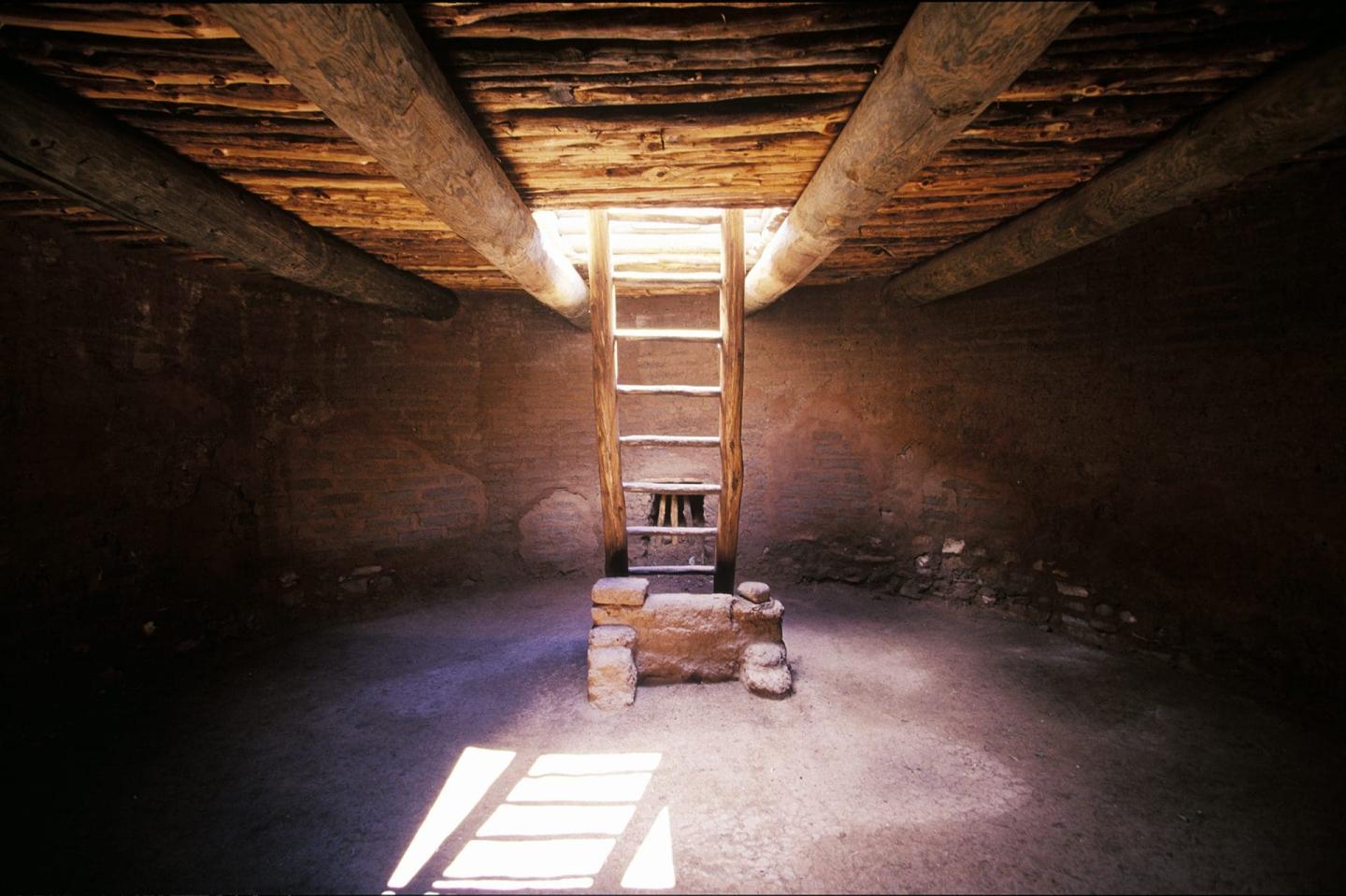
Know before you go
Prepare for your trip to Pecos with the following tips so you can enjoy the park safely.
- Arrive on time. The park is open from 8 AM to 4:30 PM each day, and the visitor center is open from 8:30 AM to 4:30 PM. Some areas have seasonal hours. Contact the park for the most updated info.
- Plan ahead for permits and reservations. Some areas of the park are only accessible via a guided tour. Contact the visitor center to learn what types of programming are available and to secure your spot. Fishing in the park requires a permit, so be sure to get one before you go.
- Check the weather before your visit. Bring rain gear, clothing you can layer, and plenty of water and snacks.
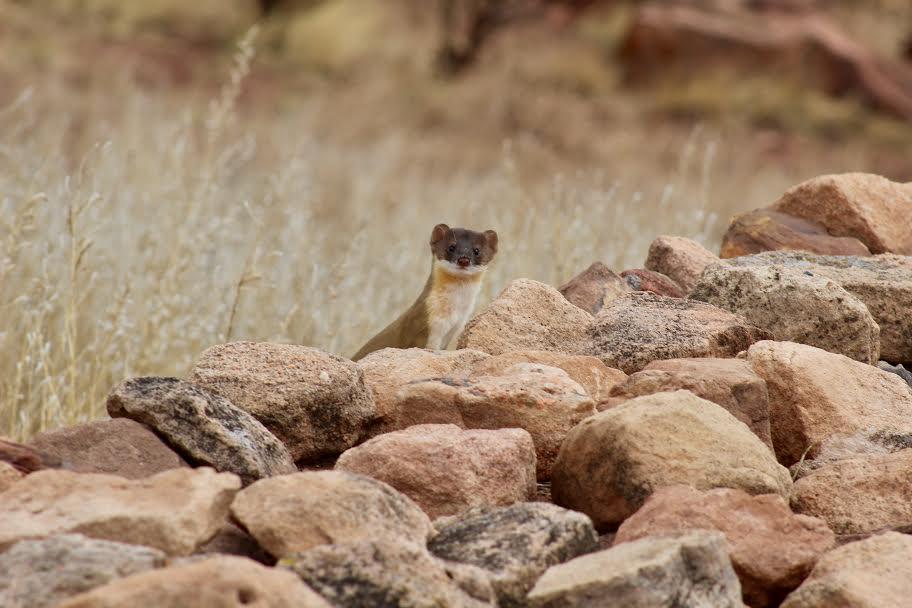
-
Respect the cultural sites. Take only photographs and memories. Removing any cultural artifacts, plants, or rocks is prohibited.
-
Keep a distance from wildlife. View all animals from a safe distance, and do not feed wildlife.
-
Be a good park steward. Be sure to leave no trace and follow all regulations. Reach out to park staff with questions.
Adventure responsibly for the protection and future enjoyment of this special place!
Head out for adventure
Packing List
We recommend bringing the following items on your trip.
-
Sun protection items such as sunscreen, sunglasses, and a wide-brimmed hat.
-
Plenty of snacks and water. Be sure to drink before thirst and often in this high desert climate.
-
Layers, including rain gear, so you are prepared for different temperatures and weather.
-
Pet supplies. Waste bags, water, paw booties, and a leash are all essentials for visiting this park with your four-legged friend.
-
Sturdy, closed-toed shoes for hiking.
-
Activity-specific gear, such as binoculars for bird watching, or fishing equipment.
Remember to check weather conditions and alerts at nps.gov, pack appropriately, and respect the natural environment and cultural resources to ensure a safe and enjoyable trip. Start planning your trip to this storied cultural site today.
